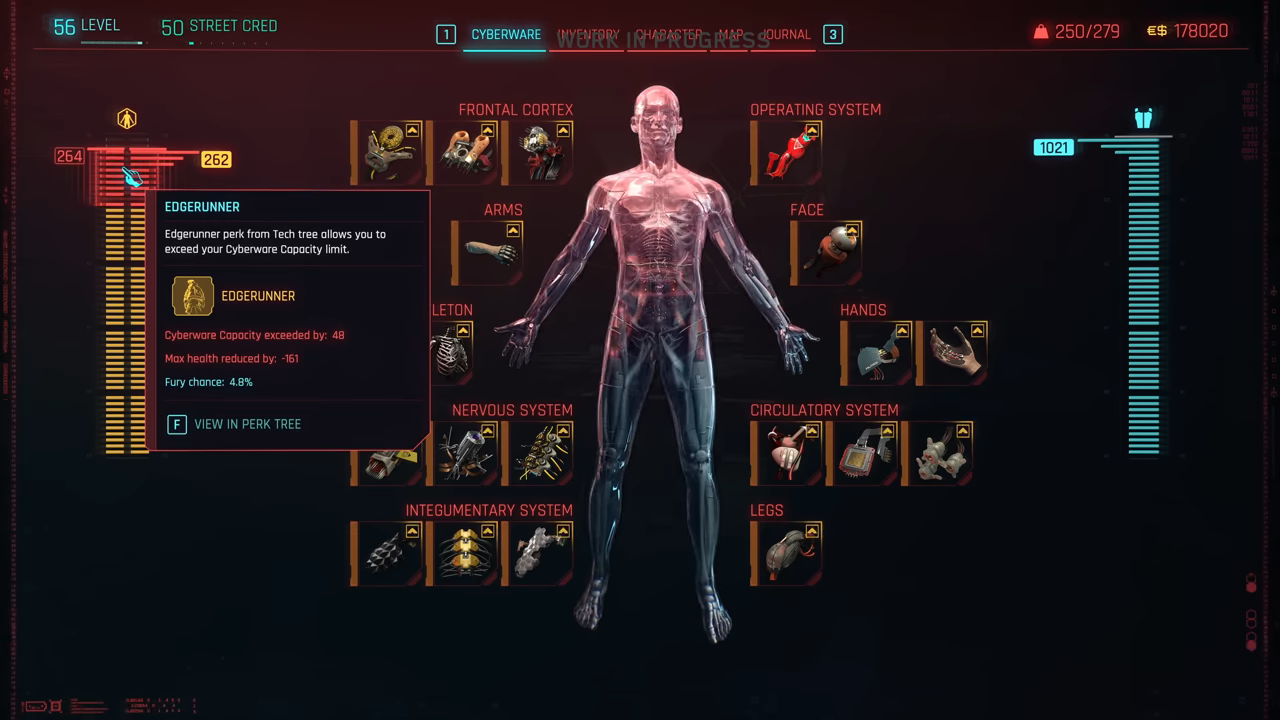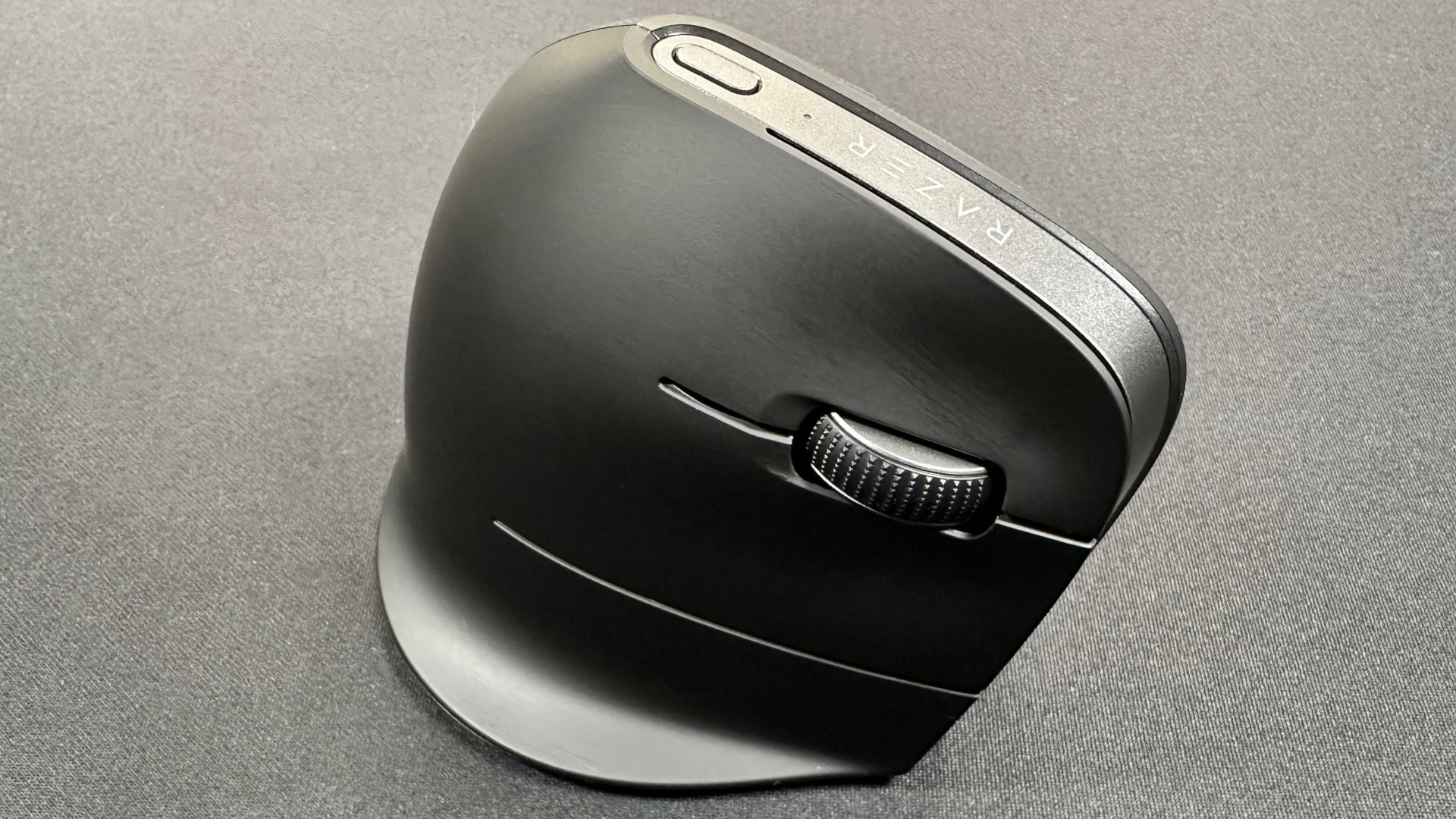Cyberpunk 2077 2.0's single best change is letting me become a chromed-up cyborg
Don't sleep on Cyberpunk 2077's revamped cyberware when 2.0 drops.

Of the many reasons there were to be disappointed with Cyberpunk 2077 at launch, one of the most baffling was its cyberware. CD Projekt had talked up cyberware as major upgrades that players would need to carefully consider, but in practice the whole system was underwhelming—most slots made you pick just one augment at a time, and most of them were relatively minor. After I'd bought some Mantis Blades and a better cyberdeck, I didn't really need to stop by the ripperdoc anymore.
In Cyberpunk 2077's 2.0 update, I'm visiting ripperdocs so often that I'm starting to remember their names. Cyberware has been overhauled for Update 2.0, one of several systems to get a major upgrade, with new augment types, more cyberware slots, and a reimagined skill tree dedicated to overclocking your chrome.
For the first 10 hours I was dumping all my points into hacking (like I did my last two playthroughs), but the more I test the limits of cyberware in Cyberpunk 2.0, the more I aspire to become the spitting image of David Martinez at the end of Edgerunners. I'm getting pretty close, too: with my current build I have two different ways to slow down time, an air dash, dense marrow bones that make my melee hits harder, "microrotors" in my circulatory system that make me swing swords faster, and Doom-like glory kills that sap HP from everything I kill.
The new cyberware capacity system is fairly intuitive and more flexible than it was, but returning players who've been away from the game for years might be a little confused about what you're allowed to do. Here are the big cyberware changes new for 2.0:
- Cyberware capacity: You can equip a lot more cyberware at once under the new system, but not each cyberware piece has a capacity cost. You start with a fairly low capacity in the 20s, but perks and leveling up can raise it into the hundreds.
- Armor: Normal clothing no longer gives you armor. Instead, certain types of cyberware contribute to a new armor stat in the cyberware screen. Skeleton and integumentary augments provide the most armor, but carry a high capacity cost.
- Overclocking: The Technical Ability perk tree now has a branch dedicated to improving cyberware components, boosting your capacity, and unlocking high-tier components at ripperdocs.
- Upgrades: All cyberware can now be upgraded to a higher tier with crafting components looted from the world.

Harmonious upgrades
Most of the cyberware components I'm using have actually been around since the original release, but many of them have gotten substantial buffs or reworks to let me get to the fun stuff sooner.
A lot of the best mods, like cool time-slowing Sandevistan implant David uses in Edgerunners, used to be gated by your attribute scores. Update 2.0 gets rid of prerequisites for mods and only asks that you have the capacity to equip them and the money to buy them. I think this change is subtly huge—perks now only enhance your chrome, not hamper it, and balancing it out with capacity and armor makes cyberware feel distinct from the perk tree.
My only complaint so far is a pretty good problem to have: there's a lot of cool cyberware and perk options to choose from, but how they mesh together isn't communicated clearly. Information is divided a little awkwardly across menus, and I'm spending a lot more time tabbing between perk and cyberware descriptions than I should have to.
Keep up to date with the most important stories and the best deals, as picked by the PC Gamer team.
Everything mentioned here is coming as part of the free Update 2.0 coming September 21 which also includes revamped police and car combat. That update is separate from the paid Phantom Liberty expansion coming September 25 (or 26, depending on your timezone) set to include a new main quest, city district, side quests, gigs, weapons, and vehicles. We'll have a Phantom Liberty review up this week.

Morgan has been writing for PC Gamer since 2018, first as a freelancer and currently as a staff writer. He has also appeared on Polygon, Kotaku, Fanbyte, and PCGamesN. Before freelancing, he spent most of high school and all of college writing at small gaming sites that didn't pay him. He's very happy to have a real job now. Morgan is a beat writer following the latest and greatest shooters and the communities that play them. He also writes general news, reviews, features, the occasional guide, and bad jokes in Slack. Twist his arm, and he'll even write about a boring strategy game. Please don't, though.

